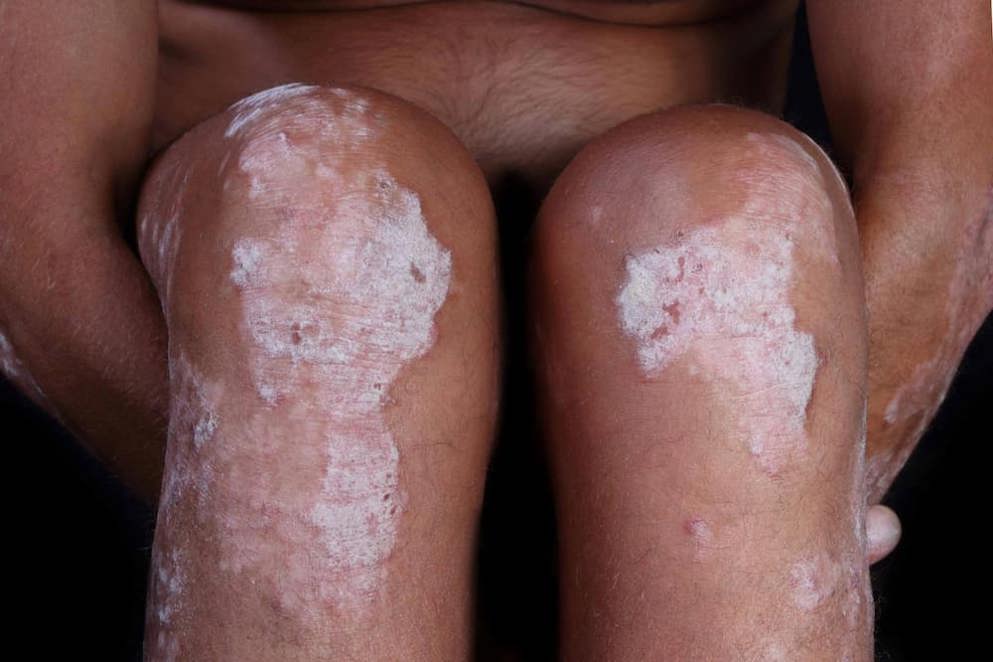FDA approves Taltz (ixekizumab) to treat plaque psoriasis- Eli Lilly
Eli Lilly and Company has announced that the FDA has approved Taltz (ixekizumab) injection 80 mg/mL for the treatment of moderate-to-severe plaque psoriasis in adult patients who are candidates for systemic therapy or phototherapy. Ixekizumab should not be used in patients with a previous hypersensitivity reaction, such as anaphylaxis, to ixekizumab or to any of the excipients. Ixekizumab is designed to specifically target IL-17A, a protein that plays a role in driving underlying inflammation in psoriasis.
The FDA approval of ixekizumab was based on findings from the largest Phase III trial programme approved to date—more than 3,800 patients with moderate-to-severe plaque psoriasis from 21 countries. This number includes patients who began the trial on ixekizumab or placebo, or active comparator (etanercept). This clinical programme included three double-blind, multicentre, Phase III studies—UNCOVER-1, UNCOVER-2 and UNCOVER-3 – which demonstrated the safety and efficacy of ixekizumab in patients with moderate-to-severe plaque psoriasis. All three studies evaluated the safety and efficacy of ixekizumab (80 mg every two weeks, following a 160 mg starting dose) compared to placebo after 12 weeks. UNCOVER-2 and UNCOVER-3 included an additional comparator arm in which patients received etanercept (50 mg twice a week) for 12 weeks. UNCOVER-1 and UNCOVER-2 also evaluated response rates with ixekizumab during the maintenance period up to 60 weeks.
In these studies, the co-primary efficacy endpoints at 12 weeks were a 75% improvement in the composite Psoriasis Area Severity Index (PASI) score and static Physician's Global Assessment (sPGA) 0 or 1 and at least a 2-point improvement from baseline. PASI measures the extent and severity of psoriasis by assessing average redness, thickness and scaliness of skin lesions (each graded on a zero to four scale), weighted by the body surface area of involved skin, while the sPGA is the physician's assessment of severity of a patient's psoriasis lesions overall at a specific point in time and is a required measure the FDA uses to evaluate effectiveness. In all three studies, at 12 weeks, 87–90% of patients treated with ixekizumab saw a significant improvement of their psoriasis plaques (PASI 75). In addition, 81–83% of patients treated with ixekizumab achieved sPGA 0 or 1. The majority of patients treated with ixekizumab, 68–71%, achieved virtually clear skin (PASI 90) and 35–42% of patients saw complete resolution of their psoriasis plaques (PASI 100, sPGA 0). Among those patients treated with placebo, 7% or fewer achieved PASI 75, 7% or fewer achieved sPGA 0 or 1, 3% or fewer achieved PASI 90 and 1% or fewer achieved PASI 100 and sPGA 0. In UNCOVER-1 and UNCOVER-2, of patients who responded to ixekizumab (sPGA 0 or 1 and at least a 2-point improvement from baseline) at 12 weeks, 75% consistently maintained that response at the 60-week endpoint. Ixekizumab was also statistically superior to etanercept at all skin clearance levels, including PASI 75 and sPGA 0 or 1 at 12 weeks. In an integrated analysis of the US sites in the two active comparator studies (UNCOVER-2 and UNCOVER-3), respective response rates for ixekizumab vs. etanercept were 87% vs. 41% for PASI 75 and 73% vs. 27% for sPGA 0 or 1.
Ixekizumab may increase the risk of infection. Patients treated with ixekizumab had a higher rate of infections than patients treated with placebo (27% vs. 23%).
Comment: Competitors are the other approved IL-17A inhibitor Cosentyx (secukinumab) from Novartis, Otezla (apremilast) from Celgene, Enbrel (etanercept) from Amgen, Humira (adalimumab) from AbbVie and Stelara (ustekinumab) from Johnson & Johnson.
Comment: The drug received a positive CHMP recommendation in February 2016 in the EU.

